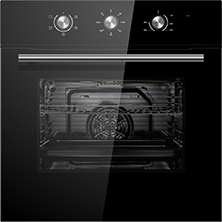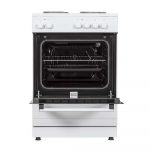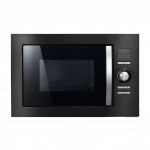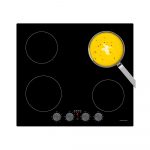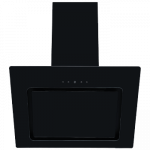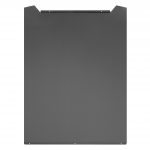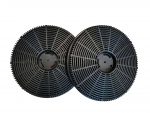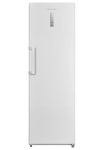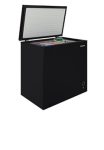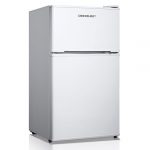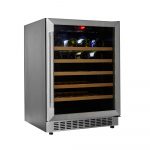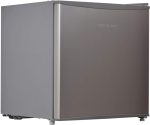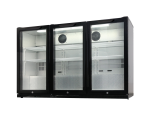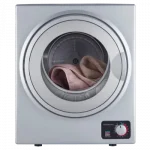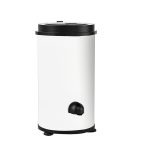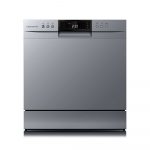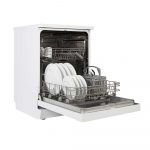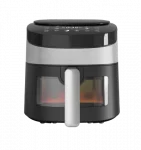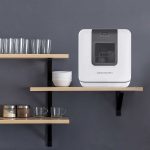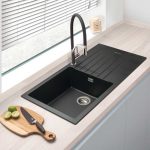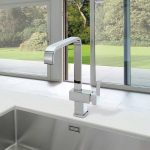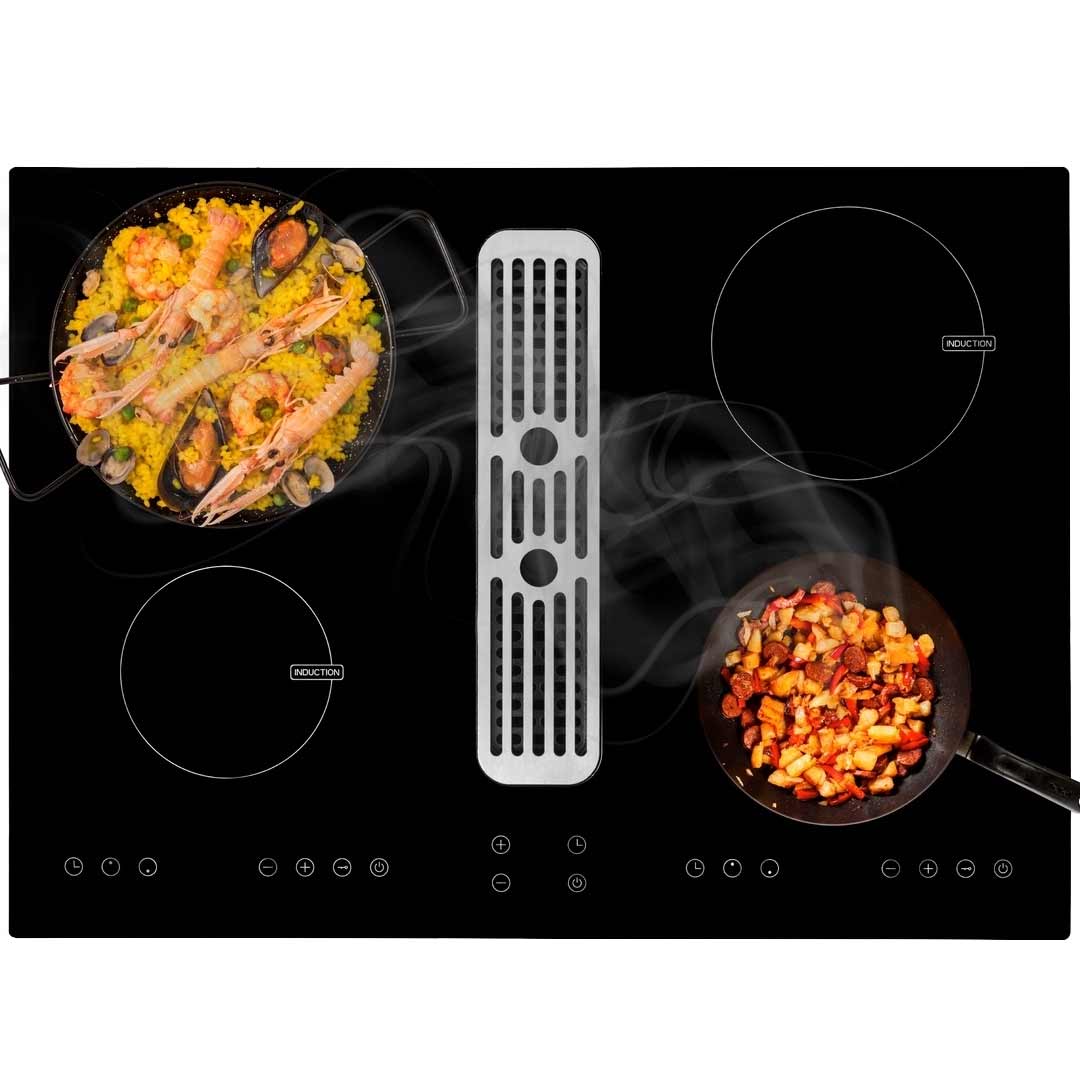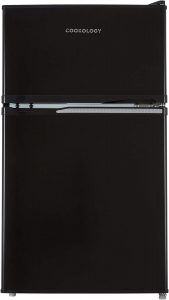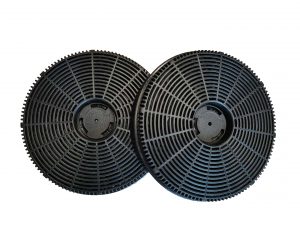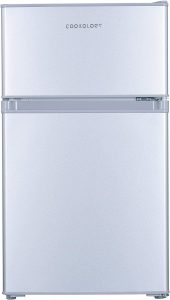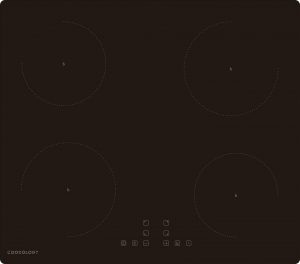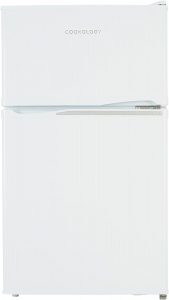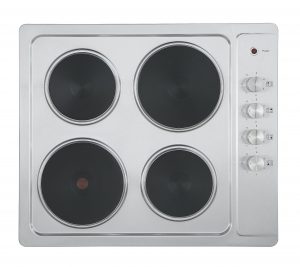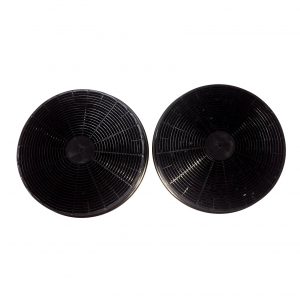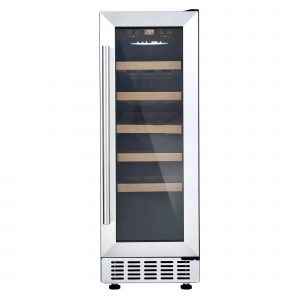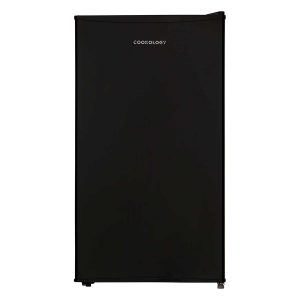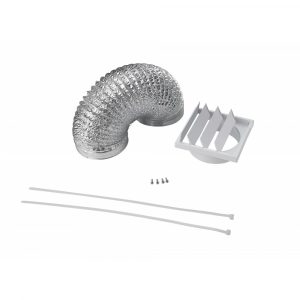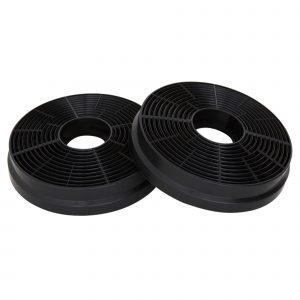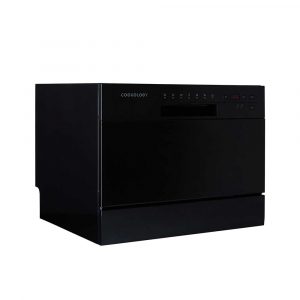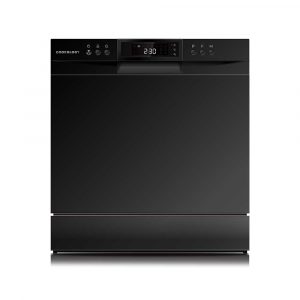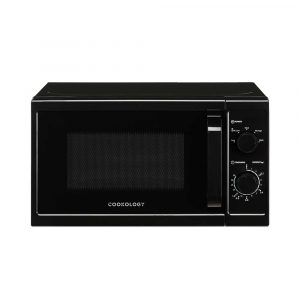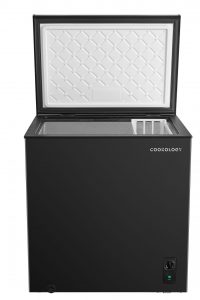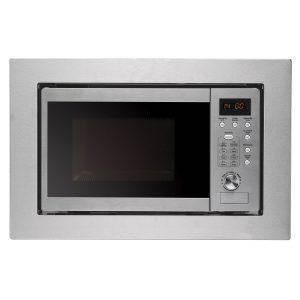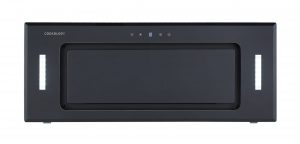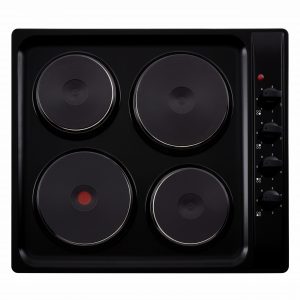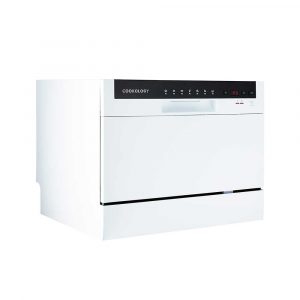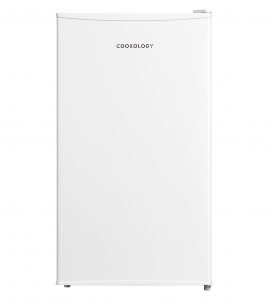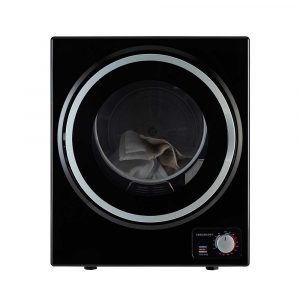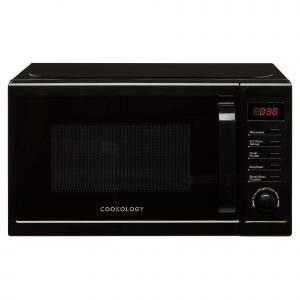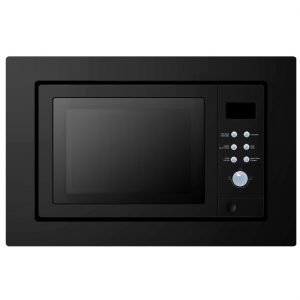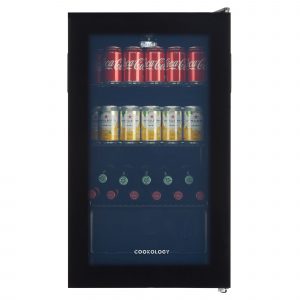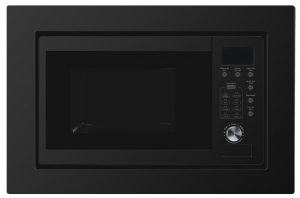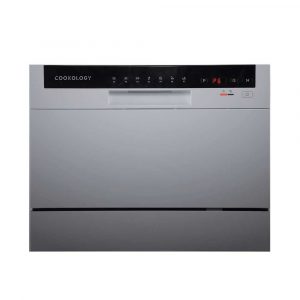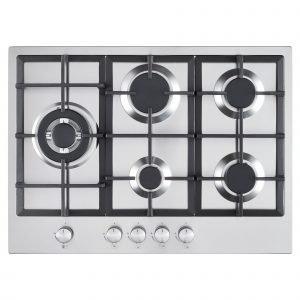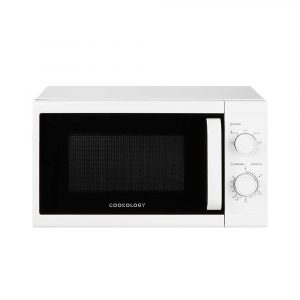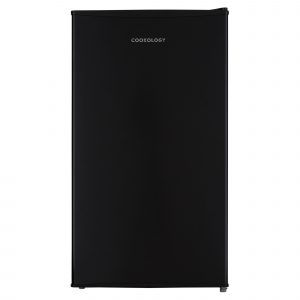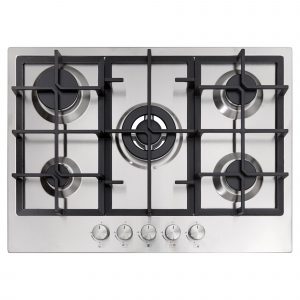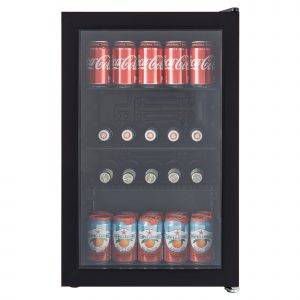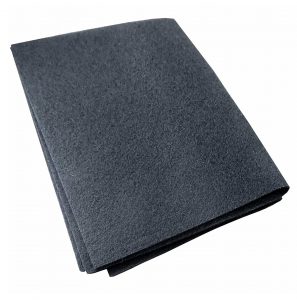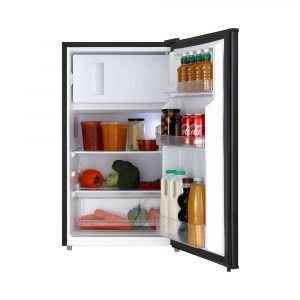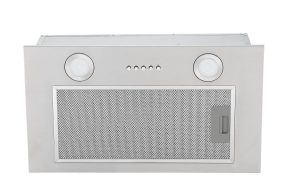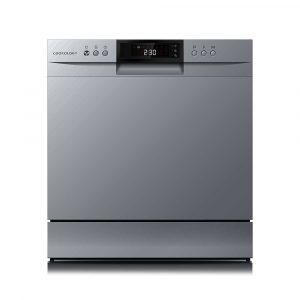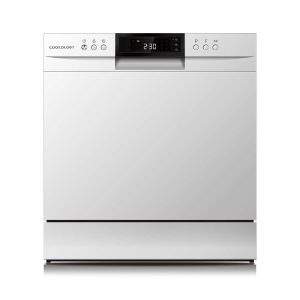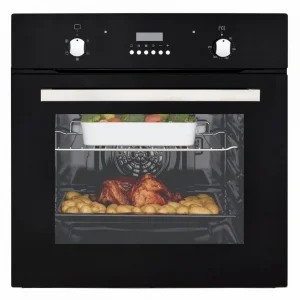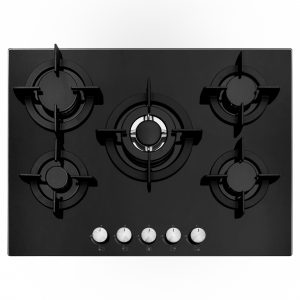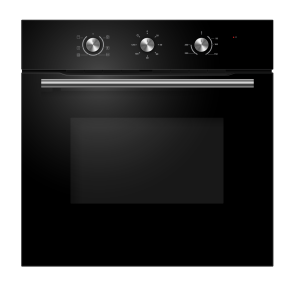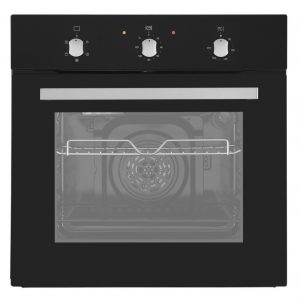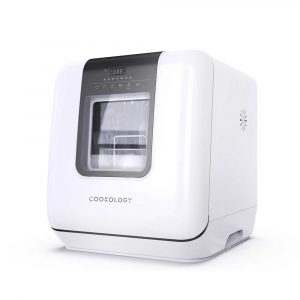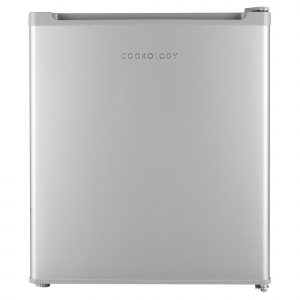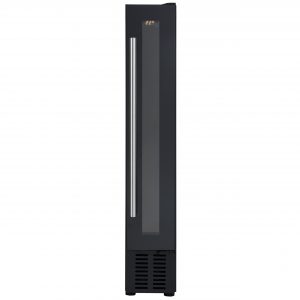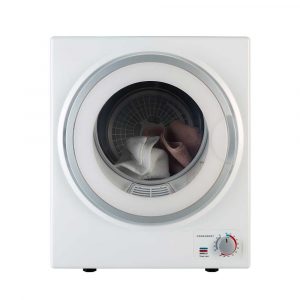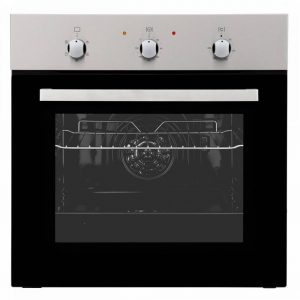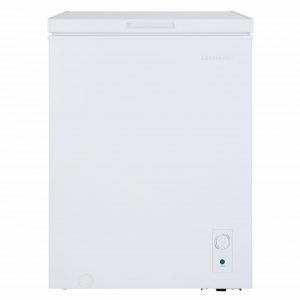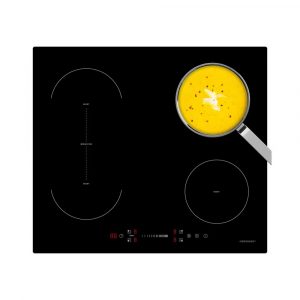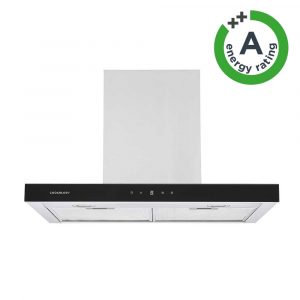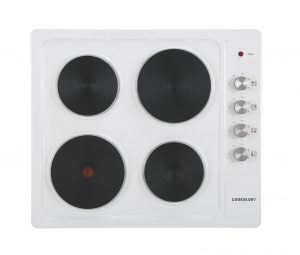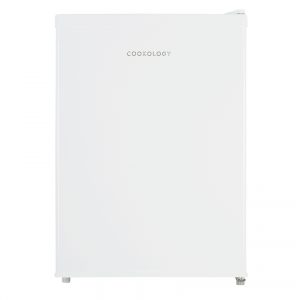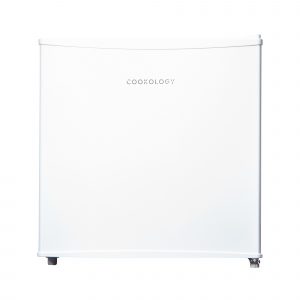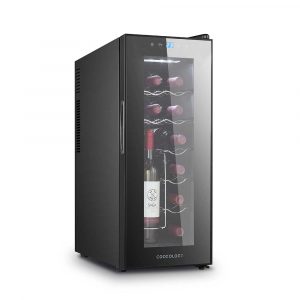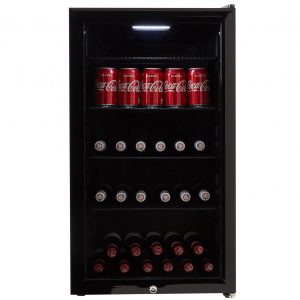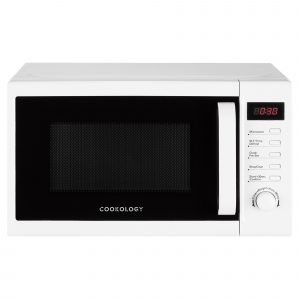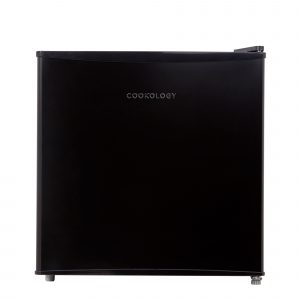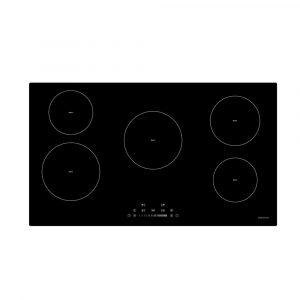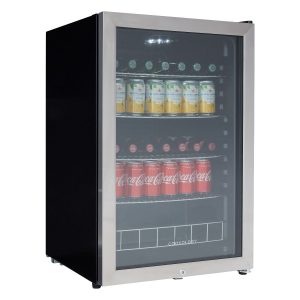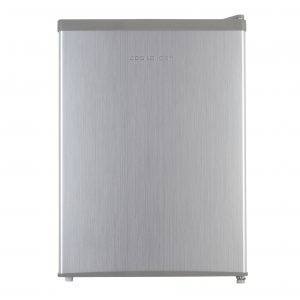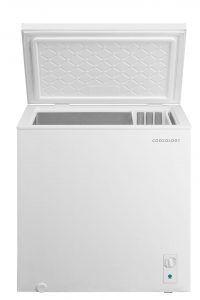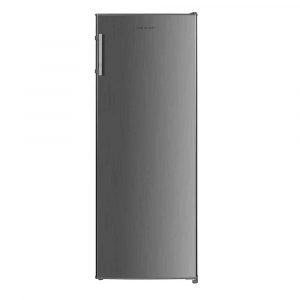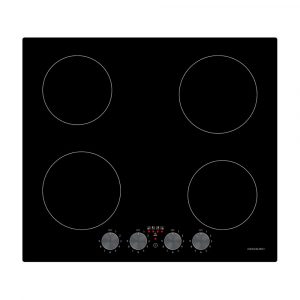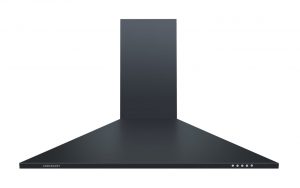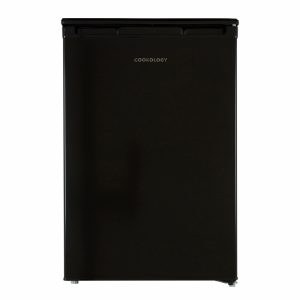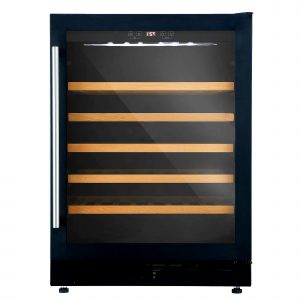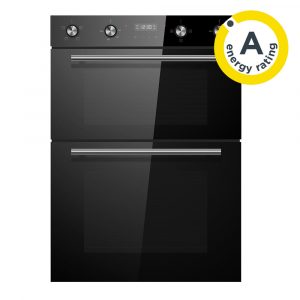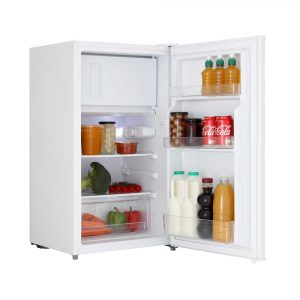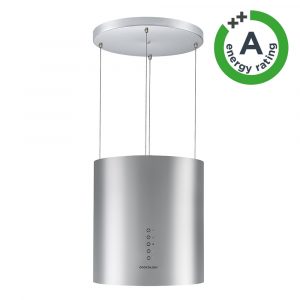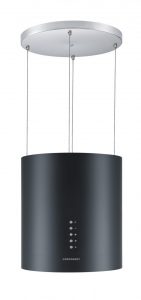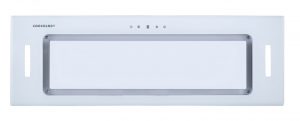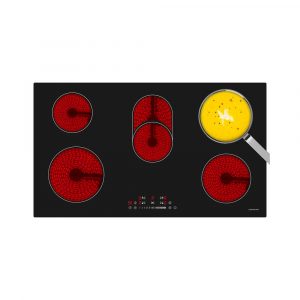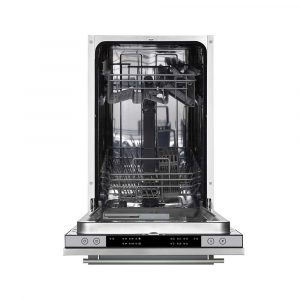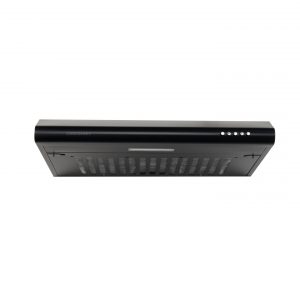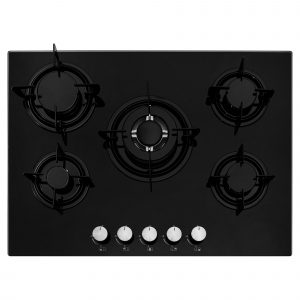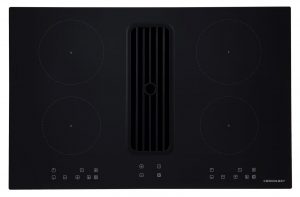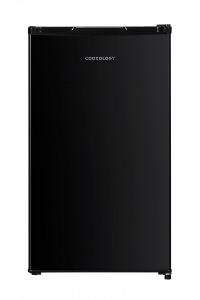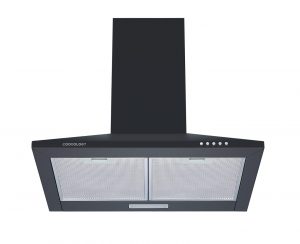Wall-mounted or overhead cooker hoods aren’t for everyone. Few would disagree on the practical benefits they offer – their ability to extract strong odours, steam and smoke from the kitchen can be extremely useful – but their imposing design divides opinion. Some love it, others don’t. They occupy a fair amount of wall space too, making them less well-suited to smaller kitchens.
But what if we told you there was a way to enjoy all of the benefits of an overhead cooker hood… without having to actually install one? If you want all of the practicality of an overhead extractor but prefer a more uncluttered, minimalist look, a downdraft hob could be just what you need.
Before you go out and spend your hard-earned cash on one, we’re going to answer all of your burning questions: how do they work, how are they installed, and are they even worth considering? Get the lowdown on downdraft hobs right here.
What is a downdraft hob?
Let’s start with the basics. What actually is a downdraft hob? Well, the concept is pretty simple: a downdraft hob is one that incorporates a built-in extractor fan, removing the need for a separate extraction device (like an overhead cooker hood).
The benefits of a downdraft hob are much the same as an overhead cooker hood, the key difference being that downdraft hobs are much sleeker and more minimalist: instead of having a separate hob and overhead extractor, you only need one device to do both jobs.
If you’re looking to create a clean, uncluttered kitchen, this fact alone may be enough to persuade you to choose a downdraft hob. But the benefits don’t end there. When you consider the cost of buying a separate hob and cooker hood combo – and factor in the cost of having them both installed – downdraft hobs begin to make even more sense. As well as simplifying the look of your kitchen, they can save you money too. It’s no wonder that they’re becoming such a popular choice for kitchen refits and new-build homes.
We offer a range of downdraft hobs here at Cookology, and all of them are induction models. Induction hobs are becoming more and more popular because of their ease of use, safety and convenience; their wipe-clean design makes them a breeze to maintain. Just like an overhead cooker hood, our downdraft induction hobs can vent fumes and odours straight to the outdoors (with the fitment of an exhaust accessory) or filter them out internally.
Can I buy a downdraft extractor separately?
Don’t want to part with your current hob, but don’t want an overhead cooker hood either? You’ll be pleased to know that you can in fact purchase downdraft extractors separately.
We offer a range of separate downdraft extractors, including this sleek 60cm model. Installed into the worktop behind your hob, it can be concealed when not in use to preserve that clean, minimalist look you’re aiming for – and it even comes with slick touch-sensitive controls.
How do downdraft extractors work?
Downdraft extractors function in much the same way as their overhead counterparts, utilising a powerful fan to draw in steam, smoke and aromas created during cooking. If you’ve ever used an overhead extractor, you’ll be right at home: both systems are equally as simple to use.
The only real difference between the two designs is that downdraft extractors pull fumes downwards while overhead cooker hoods suck them upwards. On the surface, this might not sound like a big deal, but it matters more than you think. In many kitchens, wall or ceiling-mounted extractors have to be positioned quite far away from the hob, limiting their ability to effectively draw in steam, smoke and odours.
Because downdraft extractors are positioned so much closer to the hob (in many cases, they’re built into the hob itself), they’re able to work more efficiently. In practical terms, this means less condensation, less smoke (no more accidentally setting the fire alarm off) and a much sweeter-smelling kitchen the next day.
Do downdraft extractors need to be vented?
Wondering where the air goes in a downdraft extractor? These systems don’t have to be vented. Depending on your preferences and the configuration of your kitchen, you have two options: the extractor can either pull air outside using a vent, or it can be passed through a recirculating system.
A fully vented extraction system is highly effective, but not every kitchen will be able to accommodate one. If there’s no outside wall near to your hob, the recirculating mode still works remarkably well. When this mode is selected, extracted air is passed through a charcoal filter to remove any odours before being released back into the room.
Do downdraft extractors work effectively?
In a word, yes. Because they’re located so much closer to your pots and pans than overhead extractors, downdraft systems are highly effective. Although cooker hoods certainly work well, downdraft systems usually tend to have the edge – despite their diminutive size. Like we said earlier, there’s a reason why downdraft extractors are becoming so popular: they’re simultaneously stylish, convenient and affordable.
Explore our range of downdraft venting hobs and extractors
There you have it, our introductory guide to the benefits of downdraft hobs and extractors. We hope it answered the bulk of your questions and helped you determine whether a downdraft extractor is right for you.
If you’re sold on the idea, you’ll love the wide range of options on offer here at Cookology. We have a variety of downdraft hobs and separate extractors in stock and ready for delivery, allowing you to quickly and easily find a product that suits you. With various finishes, sizes and styles available to choose from, our range has all bases covered.
Not convinced? You might want to check out our wider range of extractors, including overhead cooker hoods. Alternatively, if you have any further questions or simply want a helping hand, why not get in touch with us? We’re always happy to help out.
